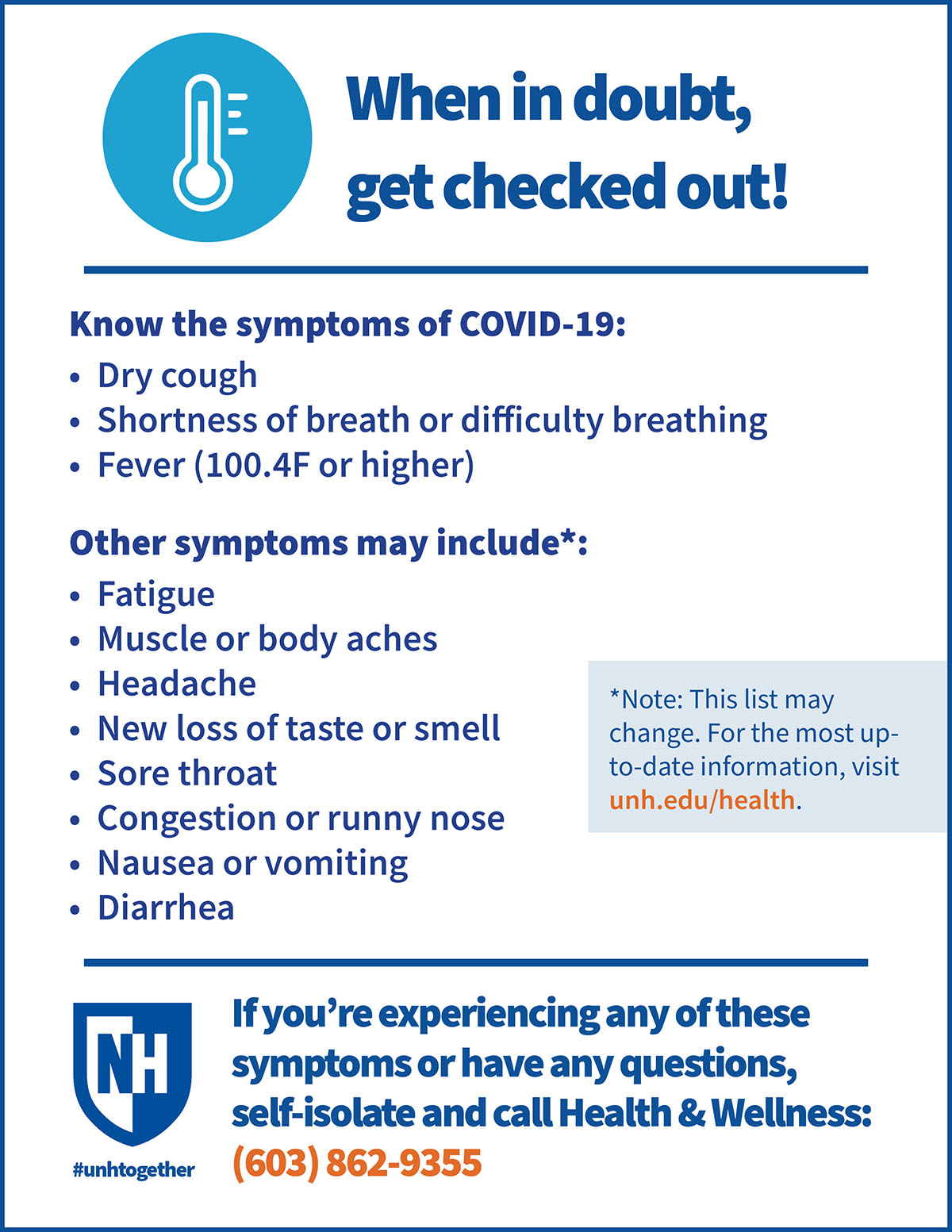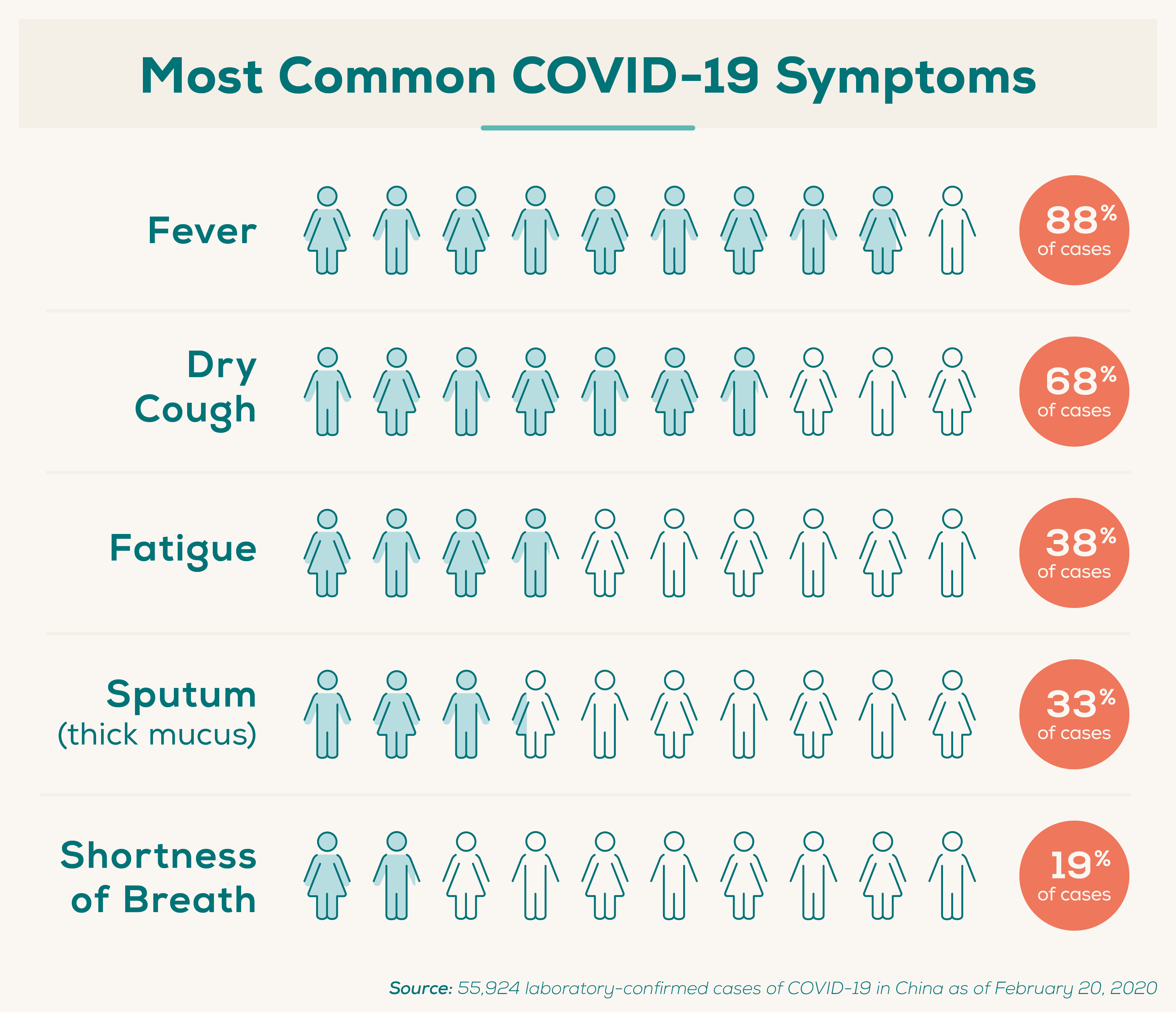
This process happens exponentially, with the virus able to manufacture tens of millions of copies of itself within hours. Since this happens within the cell, the immune response remains unaware of the infection.Īfter each replication cycle, these new copies exit the infected cell, latch onto nearby healthy cells, and continue the replication process. During incubation, the virus enters healthy cells and uses cell resources to ‘manufacture’ or replicate new copies of itself. If infected, you are now in the incubation period, which can last for between a day and 14 days.

This incubation period can take anything from a day to a week. The scientific reason behind this is that the virus needs time to multiply before your body even notices it or mounts an immune response. In some cases, you might contract the virus and then expose others unknowingly.įrom a symptomatic perspective, there are usually no immediate symptoms immediately after exposure, so it is impossible to tell whether you have been infected or not without getting a test. If you suspect you have been exposed, the best course of action is to get a Covid-19 test as soon as possible. Since anyone recently infected is a carrier capable of infecting others, any contact with such individuals constitutes exposure and can lead to infection.Įven if an individual has no symptoms, it is possible that their infection might not have kicked in yet or they are recovering, which still does not rule out the possibility that they can infect others. Exposure – Day T-5Įxposure to the Covid-19 virus can happen in multiple ways. The best way to protect yourself and your loved ones if exposed is to get an early test and seek medical care if your symptoms become progressively worse. Keep in mind that the Covid-19 timeline does not always follow the same path, with some people getting severely ill within a few days and others remaining asymptomatic (with no symptoms) for the duration of the illness.

Within the Covid-19 infection timeline, symptoms might appear earlier for Omicron infections while they might be delayed for Delta variants.

The current variant, Omicron, is highly transmissible even among people who wear masks and are vaccinated, making it one of the fastest-spreading variants currently identified.
#Covid symptoms timeline from exposure how to
When an infected individual sneezes, coughs, or touches high-touch surfaces after sneezing or coughing into their hands, other people may be exposed to the virus and can easily catch it.Īlthough initial strains of the virus were not as highly transmissible as current variants, they spread faster because few people understood how it was circulating or how to slow down the spread (or flatten the curve). As a flu-like virus, transmission occurs when the virus jumps from one person to another through saliva, mucus, or airborne droplets. Covid-19 infection, symptoms, and recovery timelineĪnyone can get Covid-19. Nevertheless, the Covid-19 infection timeline has remained the same, making it possible to get a test, track symptoms, understand each stage of the timeline, and determine whether to seek treatment. However, multiple mutations have given rise to new variants, with the latest, Omicron, having symptoms that differ from previous variants.

Over the intervening two years, tremendous research has gone into understanding how the virus works and what symptoms to expect once infected. The virus first emerged in Wuhan, China, in late 2019 and quickly spread across the world. A coronavirus strain called Severe Acute Respiratory Syndrome Coronavirus 2, or SARS-CoV-2, is behind the Covid-19 pandemic.


 0 kommentar(er)
0 kommentar(er)
